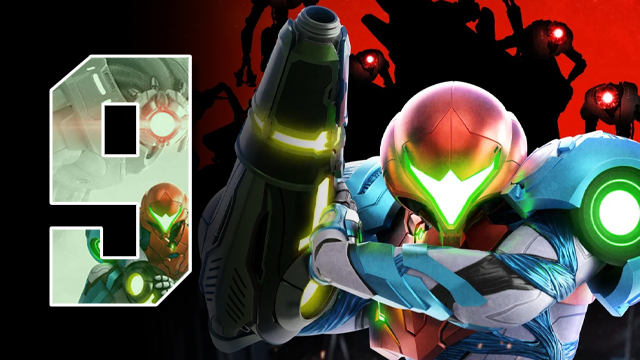It’s hard to believe Metroid Dread is the first original 2D game in the series since Metroid Fusion was released in 2002. Appropriately, Dread picks up where Fusion left off both in story and in gameplay. Longtime fans of the series will be immediately gripped with a feeling of familiarity as Samus explores the mysterious planet ZDR.
Given its popularity, it feels like…
-
Most accessible Metroid to date.
-
Environmental design is excellent
-
Well-balanced storytelling.
-
Vastly improved control scheme.
-
Great new upgrades.
-
Performance can be spotty.











